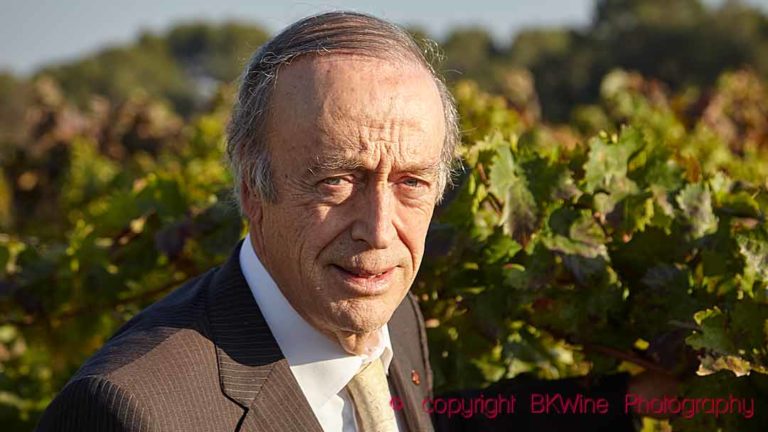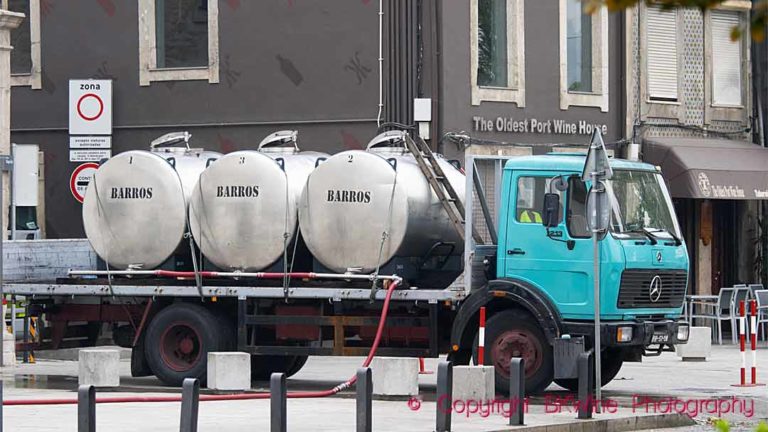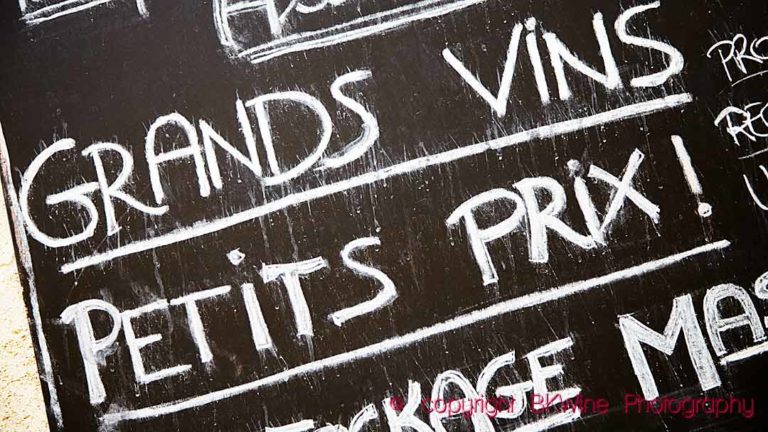Although there has been a clear revival in the popularity of gin, and an explosion of new brands, we have seen that the impact has been limited to the premium-plus categories. New and existing customers have traded up, leaving the lower-value categories to continue to decline. There is little evidence to suggest that the renaissance will extend to lower-value categories, nor that gin is taking significant market share from other spirits.[1]
Can anything can be learned from the rapidly expanding craft-beer market? Bernstein concludes that gin could be the category where craft products play a major role but points out that this is likely only at the top end of the market, and that craft gin accounts for just 5% of the UK market by value.[2] Also, the low price point of a single bottle of beer compared to gin means that the purchase trends will be very different and customer experimentation with gin will be more limited.
The author of this four-part essay is Andrew de Csillery. The essay was written in autumn 2015 as part of the studies and examination for a wine and spirits qualification. The views expressed and the conclusions reached are those of the author alone.
The essay is made up of four parts:
- Introduction and the History of Gin from the Middle Ages to 1985
- Production of Gin, how process variations result in different flavours
- The revival of Gin over the past 30 years
- Conclusions and Commentary, how the category and market may develop over the next 10 years (including appendix and literature list)
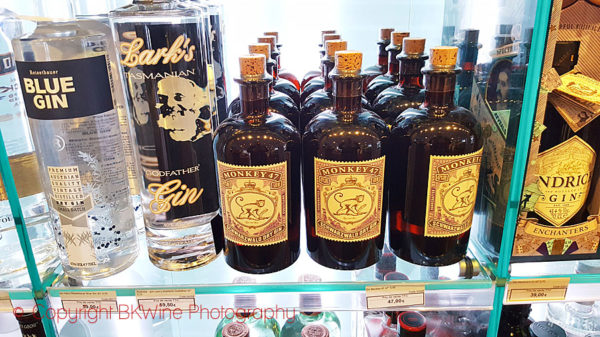
Another factor is the ability of smaller producers to serve more than just their local markets. International expansion requires significant investment in marketing and sales resources, even if distribution agreements are in place with locally established companies. Producing sufficient quantities of gin will be challenging, given the artisanal nature of most distillers. Realistically, only the established players can serve many markets at the same time, yet most mid-market high-volume brands have failed to benefit from the gin renaissance.[3]
From a marketing perspective, as yet more products enter a market, the challenge to stand out from the competition becomes increasingly difficult:
- The gin must be top quality and recognised as such.
- The marketing message to the trade and to the consumer must be distinctive, typically based on provenance of the botanicals and the gin.
- The gin needs to stand out on a crowded shelf in both the on- and off-trade, meaning that packaging innovation is critical.
These factors all suggest that there are limits to the number of brands that can realistically have a major share of any local market, let alone a global one.
In conclusion, the early and recent history of gin shows that consumer tastes change and that the fashionable drink of today is inevitably replaced by a new choice as consumers search for new tastes and experiences. My expectation is that the renaissance of gin will continue but will remain limited to premium markets. The launch rate of new gins will peak and then slow as each market becomes increasingly crowded and new brands find it difficult to gain consumer attention, and as other drinks become fashionable. Eventually, there will be rationalisation, with those gins that have built true brand loyalty and recognition staying the course, while the others remain niche products or disappear altogether.
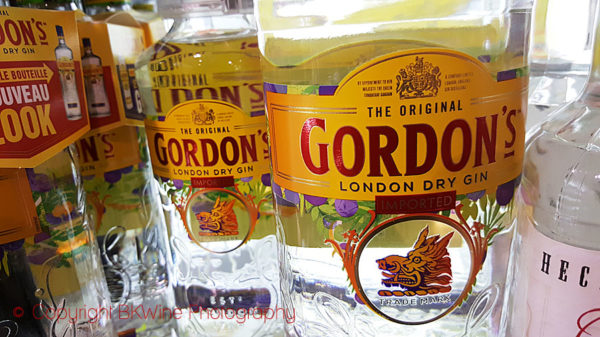
Appendix 1 – Global Gin Sales, Top 12 Countries
The graph shows the sales from the top 12 gin consuming countries accounting for c.85% of global gin sales, according to the IWSR:[4]
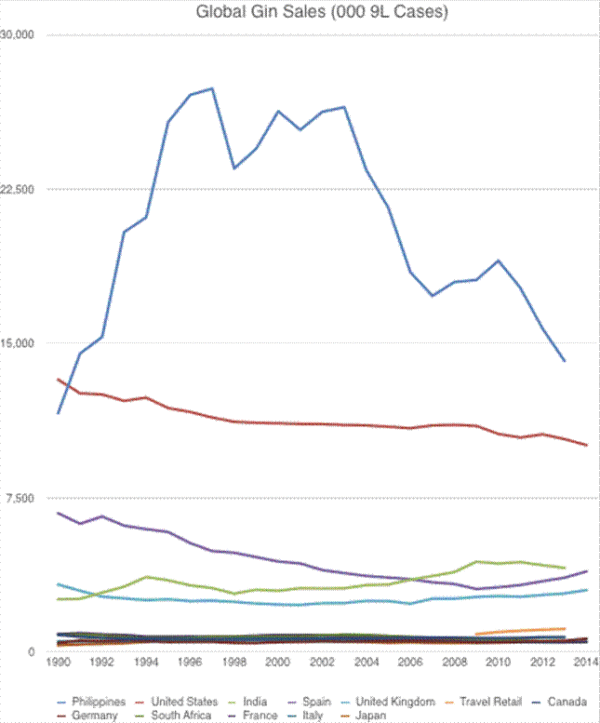
Appendix 3 – Global Gin Brands (million 9L cases)
The tables below show the major international gin brand volumes as reported by two different sources. There are inconsistencies in the data, a problem encountered when analysing much of the available data throughout the research for this essay. However, the inconsistencies do not change the story presented, therefore I have not tried to reconcile the figures.
The Millionaire’s Club, Drinks International [5]
| Million 9L Cases | 2007 | 2008 | 2009 | 2010 | 2011 | 2012 | 2013 | 2014 | CAGR 09-14 |
|---|---|---|---|---|---|---|---|---|---|
| Ginebra San Miguel | N/A | N/A | N/A | 18.5 | 15.5 | 18.6 | 17.3 | 19 | N/A |
| Gordon's | 4.5 | 4.3 | 4.2 | 4.3 | 4.3 | 4.9 | 3.7 | 3.6 | -3.00% |
| Bombay Sapphire | 2 | 2 | 2 | 2.2 | 2.3 | 2.6 | 2.8 | 3 | 8.40% |
| Seagram's | 3.4 | 3.4 | 3 | 2.9 | 2.8 | 2.9 | 2.8 | 2.7 | -2.30% |
| Beefeater | 2.4 | 2.4 | 2.2 | 2.3 | 2.4 | 2.5 | 2.6 | 2.6 | 3.00% |
| Tanqueray | 2.2 | 2.1 | 2 | 2 | 2.1 | 2 | 2.2 | 2.4 | 3.70% |
| Carews Dry | 0.4 | 0.5 | 0.7 | 0.8 | 1.1 | 1.2 | 1.2 | N/A | N/A |
IWSR [6]
| Million 9L Cases | 2009 | 2010 | 2011 | 2012 | 2013 | 2014 | CAGR 09-14 |
|---|---|---|---|---|---|---|---|
| San Miguel | 17.6 | 18.6 | 11 | 9.4 | 8.4 | 8.2 | -14.20% |
| GSM Blue | 6 | 5.7 | 5.1 | 5.1 | N/A | ||
| Gordon's | 4.4 | 4.5 | 4.4 | 4.4 | 4.4 | 4.4 | -0.20% |
| Bombay Sapphire | 2 | 2.1 | 2.3 | 2.6 | 2.8 | 3 | 9.10% |
| Seagram's | 3 | 2.7 | 2.6 | 2.8 | 2.8 | 2.7 | -2.40% |
| Beefeater | 2.2 | 2.3 | 2.4 | 2.5 | 2.5 | 2.5 | 2.60% |
| Tanqueray | 1.9 | 1.9 | 2.1 | 2.1 | 2.2 | 2.4 | 5.00% |
| Carew | 0.6 | 0.8 | 1.1 | 1.2 | 1.2 | N/A | N/A |
| Lario's | 1.1 | 1 | 0.9 | 0.9 | 0.9 | 1 | -2.00% |
| Gillbey's | 0.9 | 0.9 | 0.9 | 0.9 | 0.9 | 0.9 | -1.10% |
| Blue Riband | 1 | 1 | 0.9 | 0.7 | 0.7 | N/A | N/A |
| Hendrick's | 0.1 | 0.2 | 0.3 | 0.4 | 0.5 | 0.6 | 33.40% |
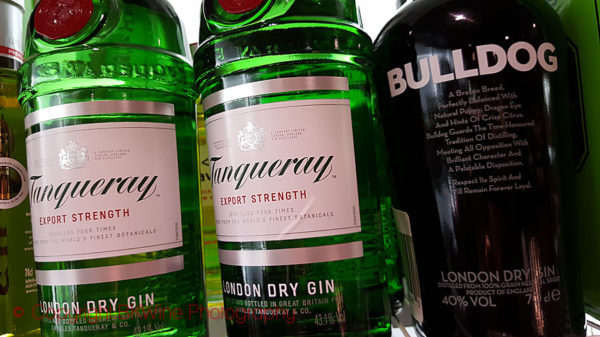
Bibliography
Books: Used primarily for the first two sections
Broom, David, Distilling Knowledge: A Professional Guide to Spirits and Liqueurs, WSET, 2013
Difford, Simon, Diffordsguide Gin Compendium, 2nd Edition, Odd Firm of Sin Ltd, 2013
Millar, John, Discover Gin, Lang Syne Publishers Ltd, 2015
Solmonson, Lesley Jacobs, Gin: A Global History, Reaktion Books Ltd, 2012
Williams, Olivia, Gin Glorious Gin, Headline Publishing Group, 2014
Websites/Trade Press/Press: See footnotes for specific references, although all websites were accessed more frequently and many reported the same information
IWSR Magazine, Dec 14/Jan 15, Feb 2015, July 2015, Aug 2015, Sept 2015
Financial Analyst Reports/Publications
Stirling, Trevor, Gin: a tortuous history with a brilliant future?, Bernstein Presentation to The Distillers’ City Debate, May 2013
Stirling, Trevor et al, The Bernstein Global Spirits Guide, 2nd Edition, Bernstein, April 2015
Stirling, Trevor et al, Consumer Blast: Could Craft Spirits One Day Be As Big As Craft Beer? We think not, Bernstein, August 2015
Market Reports
WSTA Market Overview – 2013, 2014 and 2015 editions
Global Gin Insights, just-drinks/IWSR, 2014 edition, June 2014
White Spirits: Difficult Times but Opportunities Lie Ahead, Global Briefing, Passport/Euromonitor International, December 2014
Spirits in the UK, Passport, June 2015
The Millionaires’ Club, 2012, 2014 and 2015, Drinks International, annually in June/July
Gin Market Highlights, Distilled Spirits Council of the United States, February 2015
Individual Research Visits and Discussions
Phone calls with Trevor Stirling of Bernstein, 11/8/15 and 14/8/15 (used to understand and clarify questions/issues raised in the Financial Analyst Reports cited above)
Visit to Beefeater Distillery, London, 4/9/15
Visit to Bombay Sapphire Distillery, Laverstoke, 8/9/15
London Cocktail Week 2015, Post Event Evaluation, DrinkUpLdn, (email exchange 6/11/15)
IWSR Data on Gin Consumption by Country, 1990-2013, sourced from the Gin & Vodka Association (email exchange 3-7/11/15)
This essay by Andrew de Csillery is made up of four parts:
- Introduction and the History of Gin from the Middle Ages to 1985
- Production of Gin, how process variations result in different flavours
- The revival of Gin over the past 30 years
- Conclusions and Commentary, how the category and market may develop over the next 10 years (including appendix and literature list)
[1] Gin had a UK spirits market share of 8.9% in 2012 and 9.4% in 2014 (WSTA Market Overviews, 2013, Page 13 and 2015, Page 26).
[2] Stirling, Trevor et al; Consumer Blast: Could Craft Spirits One Day Be As Big As Craft Beer? We think not, Page 3.
[3] See Appendix 3.
[4] Sources:
IWSR, sourced from the Gin & Vodka Association, for 1990-2013 data.
IWSR Magazine, July 2014, Page 18, for 2014 data for European Countries.
Global Gin Insights, just-drinks/IWSR, Page 4, for 2009-2013 data for Travel Retail.
www.discus.org/assets/1/7/Gin_2014.pdf, last accessed 8/11/15, for 2014 data for USA.
[5] Sources:
The Millionaires’ Club, 2012, 2014, and 2015, Drinks International.
Figures also published in www.thespiritsbusiness.com/2015/06/gin-brand-champions-2015/, last accessed 28/10/15.
[6] Sources:
Global Gin Insights, just-drinks/IWSR, 2014 Edition, Page 15.
IWSR Magazine, July 2015, August 2015, September 2015.


